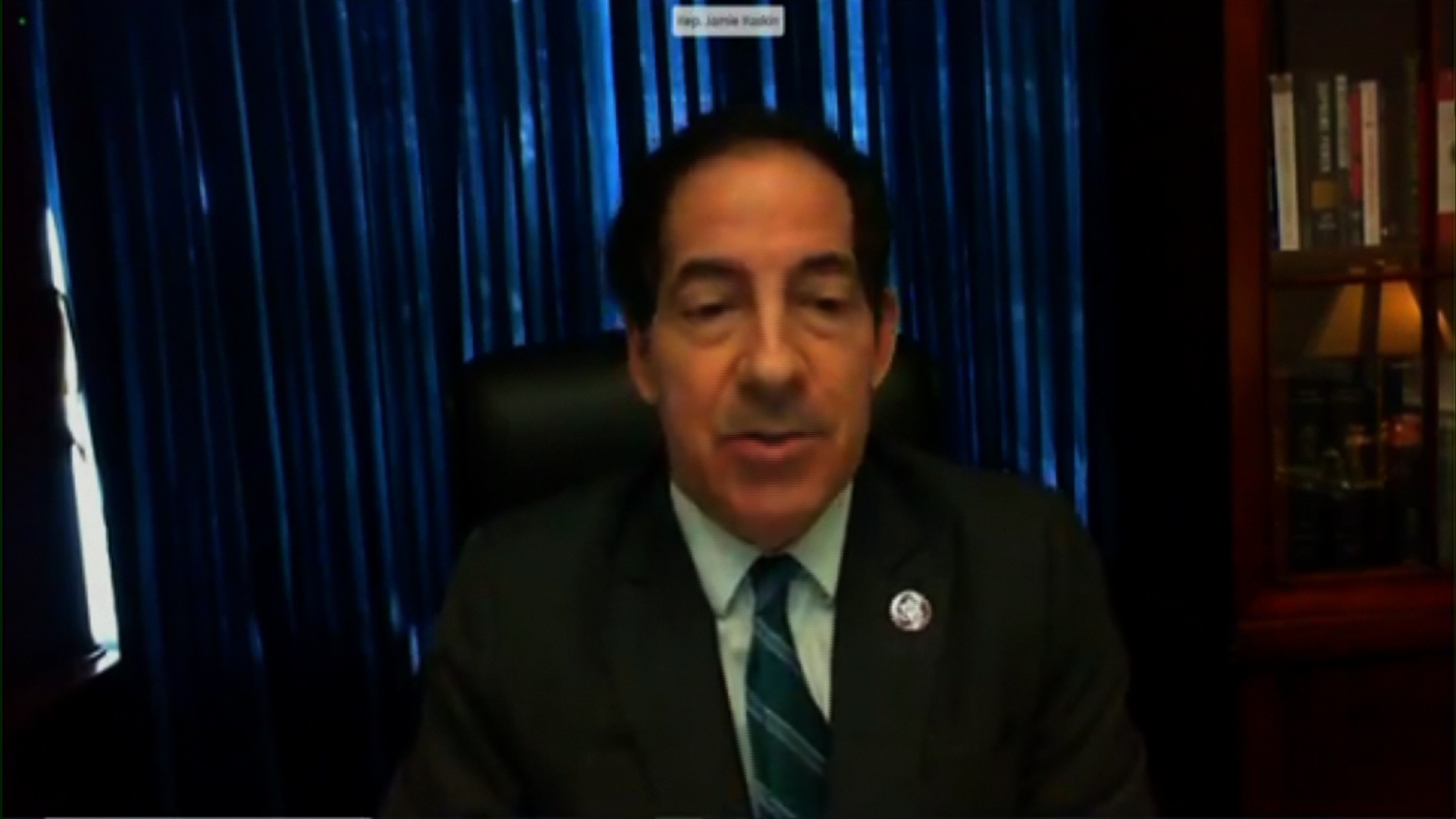Table Of Content

The subcommittee has general responsibility for measures or matters within the Rules Committee’s jurisdiction related to process and procedures of the House, relations between the two Houses of Congress, relations between the Congress and the Judiciary, and internal operations of the House. The Rules Committee operates with two subcommittees, one focusing on legislative and budget matters and one focusing on the internal operations of the House. The Joint Committee on Rules is not only responsible for approving events, exhibits, and equipment for events, but also has a legislative purpose. This committee has and may exercise all of the rights, duties, and powers conferred upon investigating committees and their members by the Joint Rules of the Senate and Assembly. Provides that the amendment in the nature of a substitute recommended by the Committee on Natural Resources now printed in the bill, modified by the amendment printed in part A of the Rules Committee report, shall be considered as adopted and the bill, as amended, shall be considered as read. Provides that the respective amendments in the nature of a substitute recommended by the Committee on Natural Resources now printed in each bill shall be considered as adopted and each bill, as amended, shall be considered as read.
Meeting Announcement for April 29, 2024
Members should draft their amendments to the text of H.R. 6276, which is available on the Rules Committee website. 6192, which is available on the Rules Committee website. 6285, which is available on the Rules Committee website. In the 1890s and 1900s, Reed and his successor, Joseph Gurney Cannon (R-Illinois) used the Rules Committee to centralize the power of the Speakership. Although their power to place members in committees and perform other functions was limited by a forced rule change in 1910, the Rules Committee retained its power.
McGovern Welcomes Democratic Members to the Rules Committee for the 118th Congress
Provides that in the engrossment of the House amendment to the Senate amendment to H.R. 8038 to a new section immediately prior to Division A within the engrossment. Provides that the amendment printed in part D of the Rules Committee report shall be considered as adopted, and the bill, as amended, shall be considered as read. Provides that the amendment printed in part A of the Rules Committee report shall be considered as adopted, and the bill, as amended, shall be considered as read. The jurisdiction of the House Committee on Rules is specified in Rule X, Clause 1 of the House Rules and Manual. Visit the committee's website for more information including membership.
Announcement for H.R. 5283 - Protecting our Communities from Failure to Secure the Border Act of 2023 - House Rules Committee
Announcement for H.R. 5283 - Protecting our Communities from Failure to Secure the Border Act of 2023.
Posted: Thu, 16 Nov 2023 08:00:00 GMT [source]
Rules Committee Active Bills

The Rules Committee was formed on April 2, 1789, during the first Congress. However, it had nowhere near the powerful role it has today. Instead, it merely proposed general rules for the House to follow when debating bills (rather than passing a special rule for each bill), and was dissolved after proposing these general rules. These general rules still have a great impact on the tone of the House floor today. Provides one hour of general debate on each bill equally divided and controlled by the chair and ranking minority member of the Committee on Natural Resources or their respective designees.
The Commitee on Rules adopted its rules of procedure for the 113th Congress by voice vote on Friday, January 4, 2013. The Committee on Rules’ consideration of the following measures is postponed. Members are listed in order of their rank on the committee and its subcommittees.
Committee membership information is from the unitedstates project on github. Waives all points of order against the amendment printed in part B of the report. Provides that upon transmission to the Senate of a message that the House has concurred in the Senate amendment to H.R. 8038, as passed by the House, if passed by the House, are laid on the table. 8038, the House shall be considered to have concurred in the Senate amendment to H.R. 815 with an amendment consisting of the text of H.R.
Rules Committee Hearing H.R. 1023, 1121, 6009, 7023, H. Con. Res. 86, H. Res. 987 House of Representatives ... - House Rules Committee
Rules Committee Hearing H.R. 1023, 1121, 6009, 7023, H. Con. Res. 86, H. Res. 987 House of Representatives ....
Posted: Tue, 19 Mar 2024 17:44:02 GMT [source]
However, it ceased to function as the personal project of the Speaker, as it had originally; instead, as the seniority system took root, it was captured by a coalition of conservative Democrats and Republicans. This state of affairs would continue until the 1960s. Provides that during consideration of H.R. 8038, the Chair may entertain a motion that the Committee rise only if offered by the Majority Leader or his designee and the Chair may not entertain a motion to strike out the enacting words of the bill (as described in clause 9 of rule XVIII). Waives all points of order against the amendments printed in part E of the report. Waives all points of order against the amendments printed in part B of the Rules Committee report.
Subcommittee on Legislative and Budget Process
If a "special rule" resolution providing for consideration of a bill is passed, then such bill must be considered the House at such a time and under such limitations as the resolution has set. In practice, a bill can get to a floor vote only if a "special rule" resolution providing for its consideration is passed (unless the Speaker grants a vote on suspension of the rules, which requires two-thirds of votes cast in order to pass). Makes in order only those further amendments printed in part E of the Rules Committee report. Makes in order only the amendment printed in part C of the Rules Committee report accompanying the resolution.
Members, 114th Congress
Between control over amendments, debate, and when measures will be considered, the Rules Committee exerts vast power in the House. As such, the majority party will usually be very keen on controlling it tightly. While most House committees maintain membership in a rough proportion to the full chamber (if the majority party controls 55% of the House, it will tend to have 55% of committee seats), membership on the Rules Committee is disproportionately in favor of the majority party. Furthermore, the rules committee typically operates in a very partisan fashion, advancing "special rule" resolutions to the floor on straight party line votes in nearly all cases.
For the first fifty years of its existence, it accomplished little beyond simply reaffirming these rules, and its role was very noncontroversial. On June 16, 1841, it made a major policy change, reducing from 2⁄3 to 1⁄2 the fraction of votes needed in the House to close debate and vote on a bill. When a bill is reported out of one of the other committees, it does not go straight to the House floor, because the House, unlike the United States Senate, does not have unlimited debate and discussion on a bill. Instead, what may be said and done to a bill is strictly limited. This limitation is performed by the Rules Committee. “Yesterday, in step with Democratic Leader Hakeem Jefferies, I introduced a special rule that sets in motion an alternative plan to prevent a default.
Provides that for those amendments reported from the Committee of the Whole, the question of their adoption shall be put to the House en gros and without demand for division of the question. The Committee on Rules may meet the week of March 11th to provide for floor consideration of H.R. The Committee on Rules may meet the week of April 15th to provide for floor consideration of H.R. The subcommittee has general responsibility for measures or matters within the Rules Committee’s jurisdiction related to relations between the Congress and the Executive Branch – most notably, the budget process. The Committee on Rules may meet the week of April 29th to provide for floor consideration of H.R. The Rules Committee, for a long time, lay dormant.
Provides one hour of general debate equally divided and controlled by the chair and ranking minority member of the Committee on Natural Resources or their respective designees. Provides thirty minutes of general debate equally divided and controlled by the chair and ranking minority member of the Committee on Foreign Affairs or their respective designees. Provides thirty minutes of general debate equally divided and controlled by the chair and ranking minority member of the Committee on Appropriations or their respective designees. In the 1970s, however, the Rules Committee was firmly under the command of the Speaker once again. As before, its primary role is to come up with special rules, to help or obstruct the chances of legislation reported to it. The Committee on Rules is amongst the oldest standing committees in the House, having been first formally constituted on April 2, 1789.
The Committee is commonly known as “The Speaker’s Committee” because it is the mechanism that the Speaker uses to maintain control of the House Floor, and was chaired by the Speaker until 1910. Because of the vast power wielded by the Rules Committee, its ratio has traditionally been weighted in favor of the majority party, and has been in its “2 to 1” (9 majority and 4 minority members) configuration since the late 1970s. In 1961, Speaker Sam Rayburn (D-Texas), acting on the wishes of the new President John F. Kennedy and the Democratic Study Group, introduced a bill to enlarge the committee from 12 members to 15, to decrease the power of the arch-conservative chairman, Howard W. Smith (D-Virginia). However, it was only partially successful; the Rules Committee continued to block legislation including civil rights and education bills.
Makes in order only the further amendments printed in part B of the Rules Committee report. Makes in order only the amendment printed in part B of the Rules Committee report. The Committee has the authority to do virtually anything during the course of consideration of a measure, including deeming it passed. The Committee can also include a self- executed amendment which could rewrite just parts of a bill, or the entire measure. In essence, so long as a majority of the House is willing to vote for a special rule, there is little that the Rules Committee cannot do. Provides one hour of general debate equally divided and controlled by the chair and ranking minority member of the Committee on the Judiciary or their respective designees.

No comments:
Post a Comment